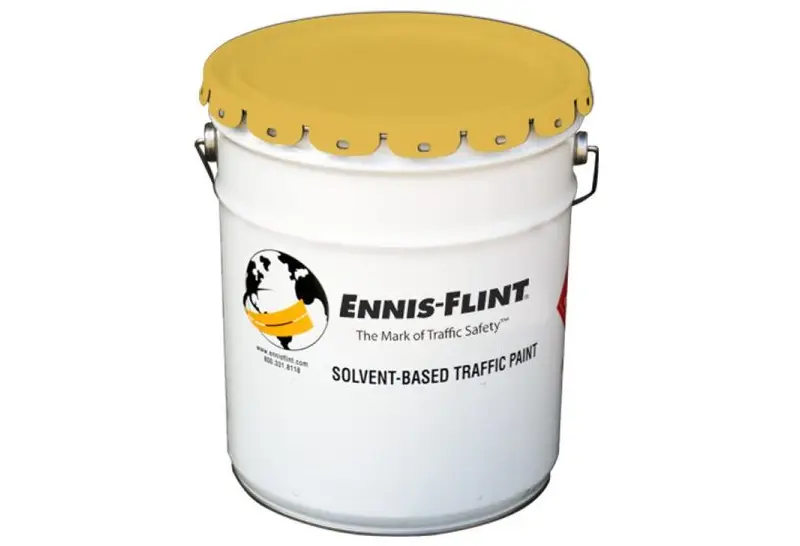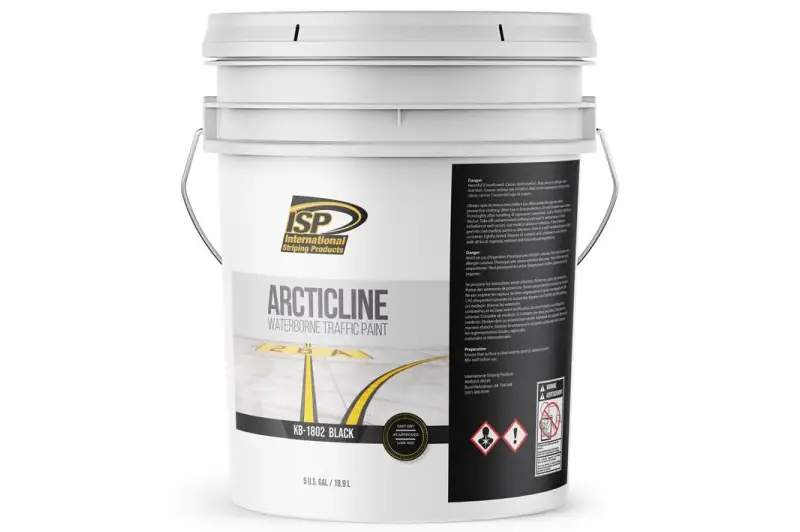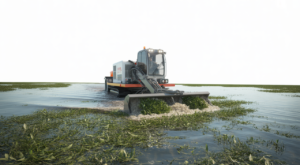Exploring The Benefits Of Road Marking Paint

Road marking paint is often an overlooked aspect of our daily lives, yet it plays a crucial role in how we navigate our roads. From the crisp white lines that guide us along highways to the vibrant colors used for pedestrian crossings, this specialized paint ensures safety and organization on the streets. But what exactly makes road marking paint so important? As urban areas grow and traffic increases, understanding its benefits becomes essential for both public safety and infrastructure maintenance. Let’s delve into the fascinating world of road marking paint and discover why it’s more than just a simple line on the pavement.
Types Of Road Marking Paint And Their Uses
- Road marking paint comes in various types, each designed for specific applications. One common type is water-based paint, known for its quick drying time and ease of application. This makes it ideal for urban areas with high traffic where prompt road maintenance is essential.
- Solvent-based paints offer durability and weather resistance. These are often used on highways or heavy-duty roads, ensuring visibility even in harsh conditions.
- Thermoplastic markings are another popular choice. They’re heated and applied to the surface, resulting in a robust finish that can withstand wear over time.
- Preformed tape provides an alternative solution for intricate designs or symbols like crosswalks and lane dividers. Its ease of installation reduces labor costs significantly.
- Each type serves a unique purpose, catering to different environments and requirements within road safety infrastructure.
Benefits Of Using Road Marking Paint
Road marking paint plays a crucial role in enhancing road safety. Its vibrant colors improve visibility for drivers, especially during low-light conditions or inclement weather. Using high-quality road marking paint helps reduce accidents by clearly defining lanes and guiding traffic flow. Well-marked roads lead to fewer misunderstandings among motorists about right-of-way and lane changes.
Durability is another significant advantage. Many types of road marking paints are designed to withstand harsh environmental conditions, ensuring long-lasting performance without frequent reapplication.
Moreover, specialized formulations can be used to enhance skid resistance, providing safer surfaces for vehicles and pedestrians alike. This function is particularly important in areas prone to wet weather.
Cost-effectiveness also comes into play with efficient application techniques that minimize waste while maximizing coverage. Investing in the right road marking paint can save municipalities both time and money over the long term.
Factors To Consider When Choosing Road Marking Paint
Choosing the right road marking paint requires careful consideration of several factors. First, assess the intended use. Different applications—like highways or parking lots—demand different types of durability and visibility.
Next, consider the climate conditions in your area. Some paints perform better in wet environments, while others are designed for harsh sunlight exposure. The application method is another critical factor. Whether you’re using spray systems or rollers can affect the choice of paint due to viscosity and drying times.
Cost-effectiveness cannot be overlooked either. While high-quality options may have a higher upfront cost, they often save you money long-term through reduced maintenance needs. Prioritize safety by ensuring compliance with local regulations and standards related to traffic management and worker safety during application processes.
Innovative Technologies In Road Marking Paint Production
The landscape of road marking paint production is evolving rapidly. Innovative technologies are paving the way for more durable and effective solutions. One notable advancement is the incorporation of nanotechnology. This enhances the durability and visibility of paints, ensuring they withstand harsh weather conditions.
Additionally, smart pigments that change color based on temperature can improve safety. These pigments alert drivers to changes in road conditions through visible cues. Automated application methods are also transforming how road markings are applied. Robotic systems ensure precision and consistency, reducing human error significantly.
Moreover, eco-friendly formulations have emerged as a priority in recent years. Water-based paints with low volatile organic compounds (VOCs) minimize environmental impact while maintaining performance standards. As these technologies continue to develop, road marking paint will undoubtedly become more efficient and sustainable.
Environmental Impact Of Road Marking Paint
Road marking paint plays a crucial role in traffic safety and organization. However, its environmental impact deserves attention. Many traditional paints contain volatile organic compounds (VOCs) that can contribute to air pollution.
Fortunately, the industry is shifting towards eco-friendly alternatives. Water-based road marking paints are becoming increasingly popular due to their lower VOC levels. These products still provide excellent visibility while reducing harmful emissions.
Another growing trend is the use of recycled materials in paint production. This practice not only conserves resources but also minimizes waste in landfills. By opting for sustainable options, cities can ensure safer roads without compromising the environment.
Innovative technologies are paving the way for more durable and longer-lasting solutions as well. Enhanced durability means fewer applications over time, resulting in reduced material consumption and less frequent road closures for maintenance.
Conclusion
The landscape of road marking paint is evolving rapidly. Innovations are shaping how we think about safety, visibility, and durability on our roads. New formulations are emerging that not only enhance performance but also prioritize environmental responsibility.
As technology advances, the future holds promise for smarter road marking solutions. These may include paints that adapt to weather conditions or materials that reflect light more efficiently at night. Such advancements could significantly improve driving safety while reducing costs associated with maintenance and repainting.
Moreover, sustainability will become a central focus in the production of road marking paint. With increasing awareness of ecological impacts, manufacturers are likely to explore eco-friendly alternatives without compromising quality or effectiveness.
As urban areas grow and traffic patterns change, the role of road marking paint will continue to be crucial in ensuring safe navigation for all users. The ongoing commitment to innovation suggests an exciting path ahead for this essential component of our infrastructure.
Resource URL:
https://en.wikipedia.org/wiki/Thermoplastic_road_marking_paint
https://roadly.ca/product-category/road-marking-supplies/painted-road-marking/








